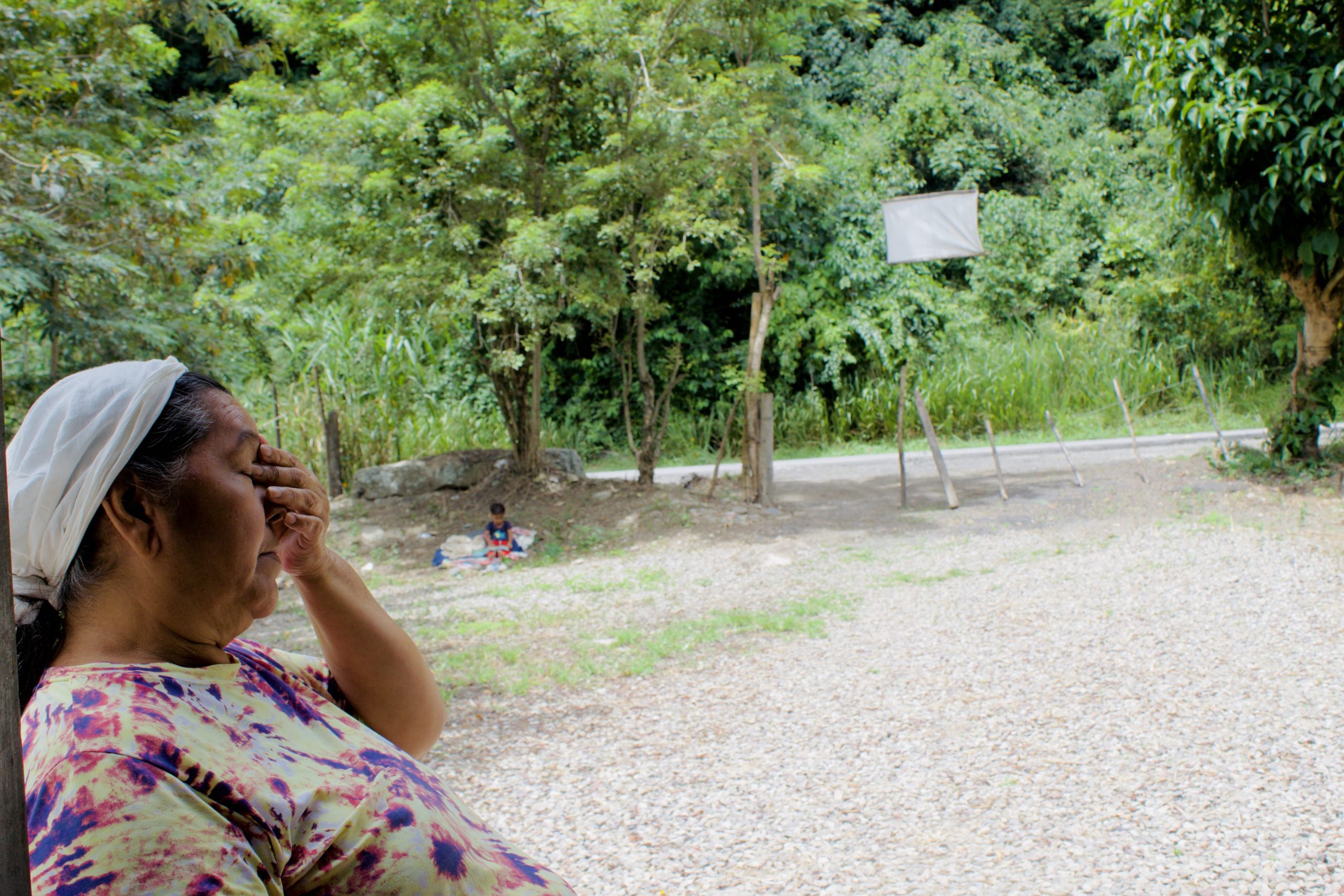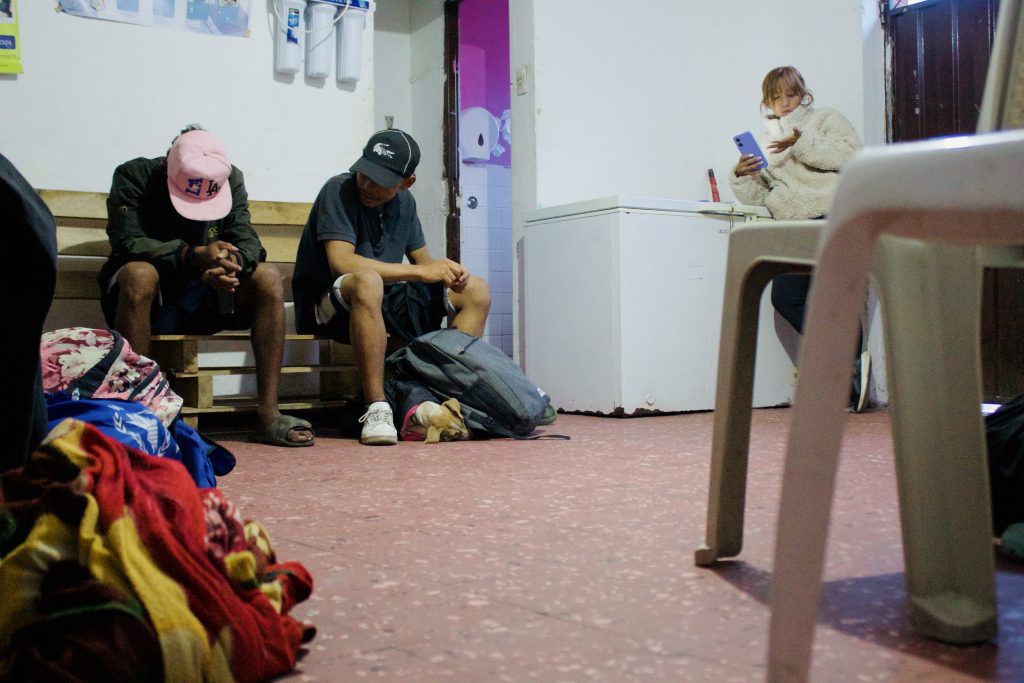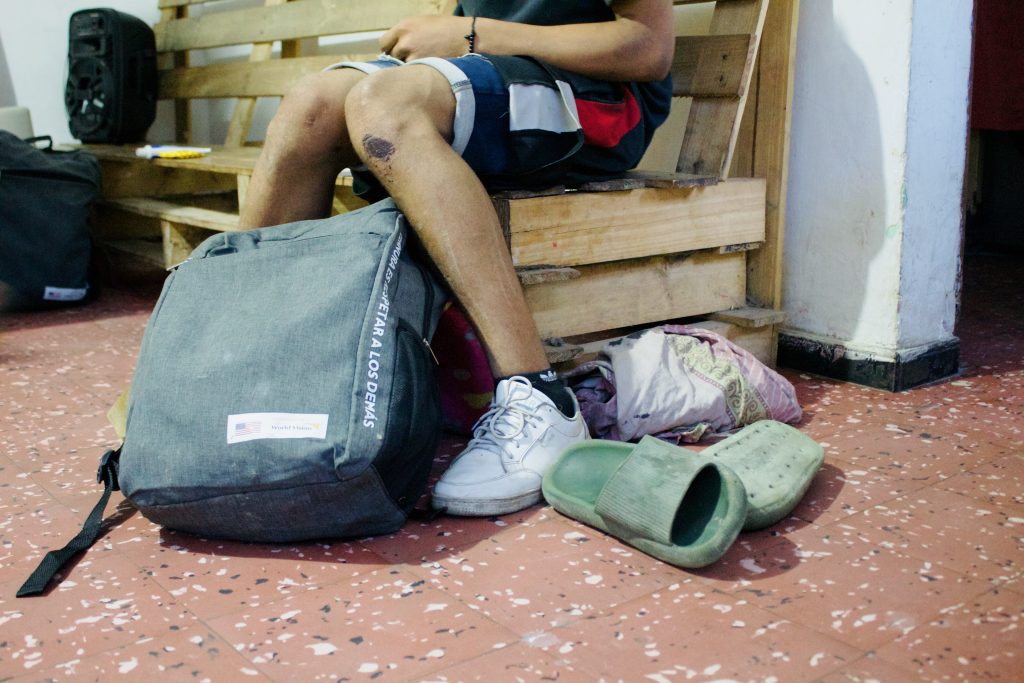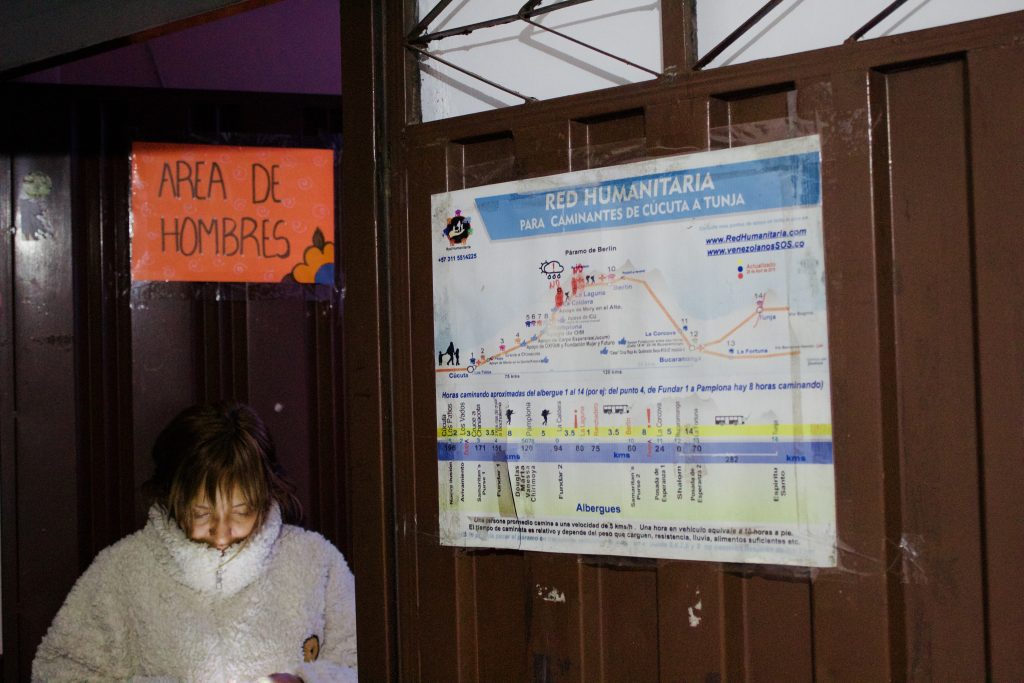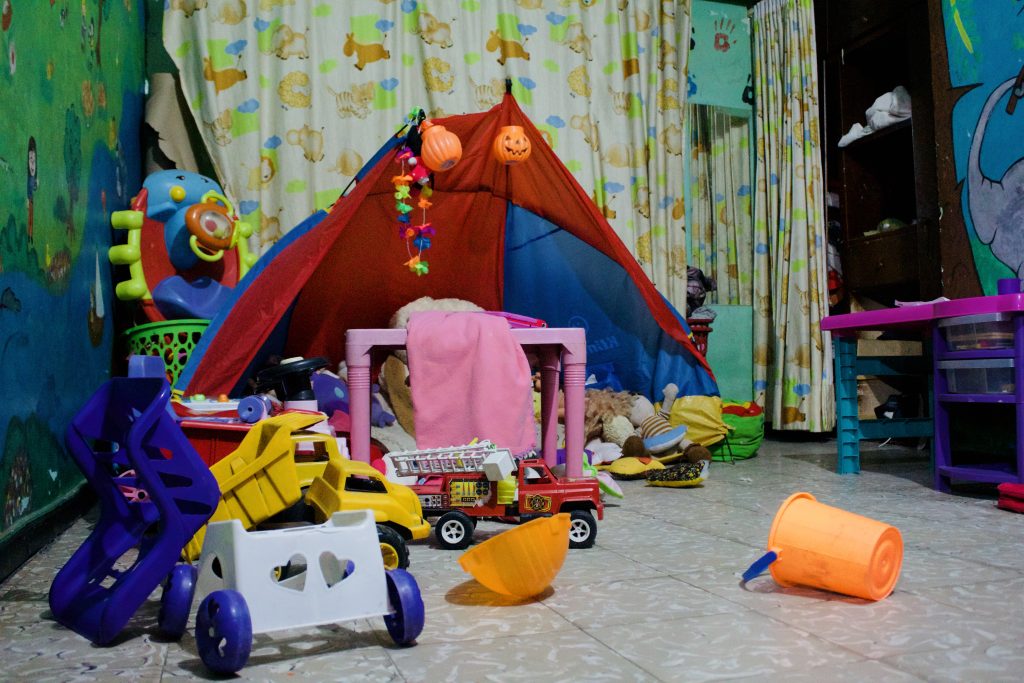Publisher’s Notes: By the end of 2023, nearly eight million Venezuelans had sought refuge in other countries, driven by political unrest, economic uncertainty, and a severe humanitarian crisis. This is the largest displacement event in recent Latin American history.
Many Venezuelans have made efforts to enter the United States, with approximately 335,000 individuals arriving by land last year.
This Sunday, Venezuelans will participate in a crucial presidential election that presents a rare electoral challenge to President Nicolás Maduro, who is vying for a third term in office.
Reporting from Colombia, Shandra Back, a contributor for Latino News Network, highlights the ongoing closures of aid centers. Advocates are mounting concerns about a potential surge in migration post-election as donor funding diminishes.
Every interview was translated from Spanish to English.
A young family sets out with another child on the way, while a man, marked by a fresh scar, heads home. Their only commonality is their nationality, yet now they share lunch in an aid center, a brief pause in their divergent journeys. Both treks—one leaving and the other returning to Venezuela—are intertwined by a looming election that promises change but also threatens to intensify the exodus.
As these stories continue to unfold, international organizations are gradually withdrawing from the Venezuelan migrant route stretching from the Colombian border in Cúcuta to Bucaramanga; what remains are the Venezuelan-run mom-and-pop shelters. And as tension mounts in anticipation of the upcoming Venezuelan election on Sunday, advocates fear a potential surge in migrant numbers at a time when resources are dwindling and could be extinguished at any moment.
In a surprising twist this election cycle, a popular opposition candidate is on the ballot against Venezuela’s authoritarian leader, Nicolás Maduro. After María Corina Machado, a prominent opposition figure, was barred from running by Maduro’s government, the opposition backed Edmundo González Urrutia, a former diplomat, as their candidate.
Since Maduro took office, almost eight million Venezuelans have fled the country. Of those who remain, 66% need humanitarian assistance. Despite Venezuela being the largest forced displacement crisis in Latin American history, it remains one of the most underfunded. The longest stretch along the Cúcuta to Bucaramanga route without an aid point is 40 miles, which can mean up to two days of walking under constantly changing climate conditions.
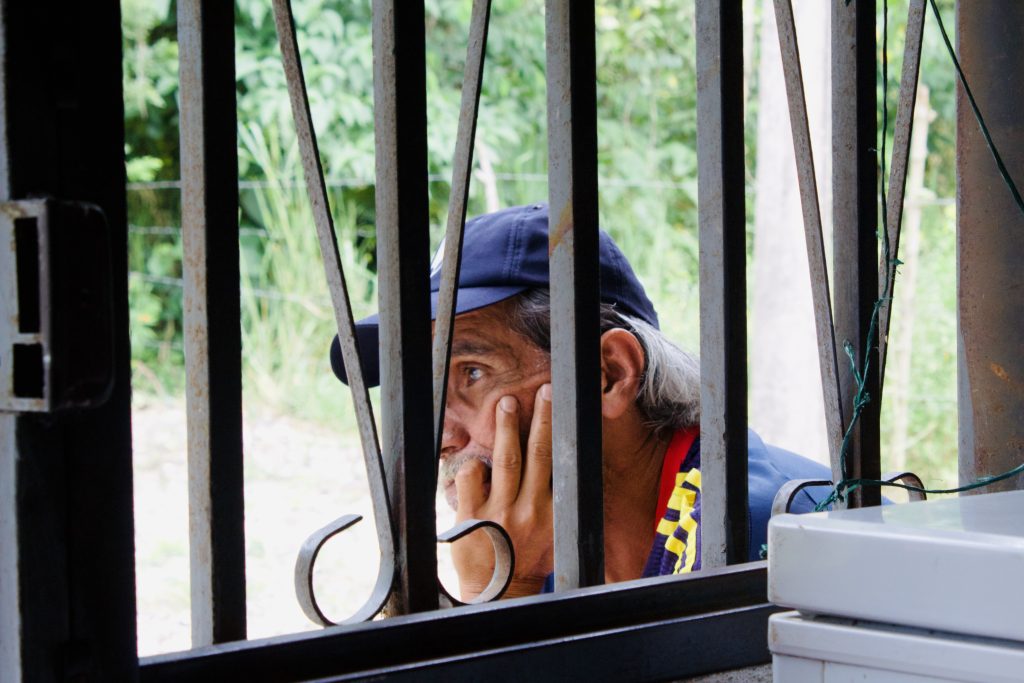
(Credit: Shandra Back)

(Credit: Shandra Back)
About 27 miles from Cúcuta, the Colombian border city lies Esperanza Hoy. This aid point is no more than a shack and a sign. Yet for the caminantes, or walkers, traveling along the road, their hope for today lies in a warm meal and some extra toothpaste or band-aids.
Amid this, Egilda del Carmen Perez de Mendez, who goes by Carmen, carefully lights a small flame under the pot of lentils, the scent mingling with the damp, tropical morning air. Some days, it all goes; other days, almost none. Yet she brews it just the same. Pulling a plastic chair into the doorway, she stares at her husband, then at the road, and waits.
The Venezuelan couple has lived and worked on this plot of land for the last two years. After coming to Colombia, they bounced from region to region until landing in a ranch behind a recently shut down international aid center where her husband, Julio Ramon Mendez, had done some construction work.
Julio explained that the refuge couldn’t stay open once the international organization moved on to a bigger crisis. Yet, as one source of international cash flew out, another dropped in. Carmen took a job as a cook in a newly rented aid house just down the road. Each day, she becomes mom, aunt, or grandmother for the Venezuelan caminantes walking far from home.
Yet since a new highway was built parallel to the one they are on, fewer and fewer feet travel past their door. This means in August, the rent is up.
“Recently, there haven’t been sufficient numbers of caminantes,” Ramon noted because many people are holding out hope for the elections. Yet this week, the pot of lentils is going faster than usual.
“The numbers are rising again just before the elections,” Carmen observed. “People are scared,” added Ramon of a potentially bloody aftermath.
“Imagine,” Carmen said, “if this happens after the elections, how many are going to come?”
Carmen hopes Esperanza Hoy will be moved along the new highway to support the anticipated exodus, but as the days tick closer to move-out without further word, she said now it is up to God to decide.
Yet, while Esperanza Hoy is finding itself built into the beaten path, centers in cities are still receiving a steady migration flow.
Vanessa Peláez, founder and director of Vanessa’s Shelter in Pamplona, Colombia, has been here since the beginning.
Peláez emigrated from Colombia to Venezuela in 2008 for financial reasons. When the economic tide turned, she returned to Colombia and was followed back to her country by the first wave of migration from Venezuela.
It was at this time that hundreds of Venezuelans were passing through the small mountain town each day.
“We lasted before many organizations arrived here in the territory,” Peláez said. “But international organizations have a certain time and then are going to other crises.”
The center started from scratch and is maintained by faith, she said. Yet sustainability is hard to maintain by faith alone. “The mats are damaged, the blankets are running out, there are no sheets, there are no pillows.”
Her food donor pulled out last week, leaving Peláez uncertain where the money will come from. “We wait for miracles because we can’t do anything else,” she said.
Yet, from her time working during this crisis, Peláez has kept the shelter running through high and low migrant numbers. Her team anticipates a large rise in migrant numbers post-election, but this doesn’t faze her. At high times when the shelter exceeded capacity, she brought up to 75 people to sleep in her house. “I don’t know how, but we put them in,” she said.
As the route continues, the journey shifts to increasingly rugged altitudes and cooler temperatures. The initial relief from the oppressive heat, which had seemed to weigh down each step, is a welcome change.
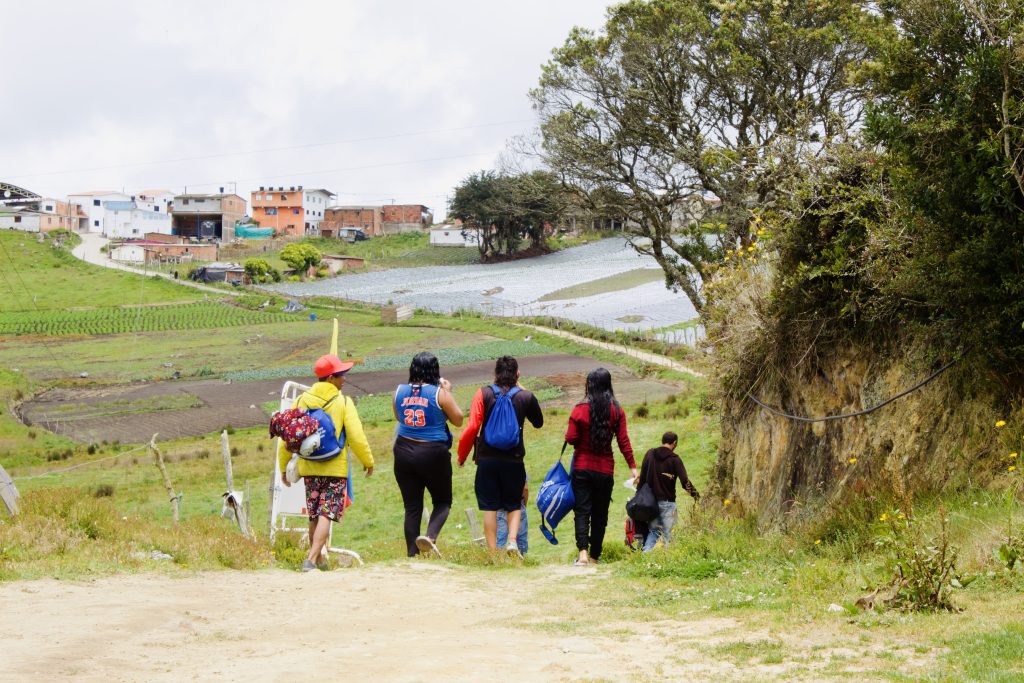
(Credit: Shandra Back)
Yet, as breath begins to exit as fog, shivering bodies yearn for the warmth further down the mountain. An hour and a half drive or an eight to ten-hour walk from Pamplona, caminantes reach the next roof along the route: La Laguna.
“As you see [today], it’s pure rain,” said Daniel Oswald, a shelter coordinator in the small farming town. “With this mist, there are very few houses that can be seen.”
Off the main road, nestled along the fields of strawberries and potatoes, a Colombian flag marks the entrance to the shelter. Since the blue, yellow, and red don’t always reach the eye through the fog, workers walk through town searching for caminantes.
From the entrance, a solo figure gradually focuses into view with his metal companion.
“This is my wife,” says John Rozo Ayala as he dismounts. The tall, slim man pulls off the backpack resting on his neck. His shoulders shake loose the one on his chest. Last comes the pack off his back. “Can I bring the bike in, too?” he asked. “It looks like it’s going to rain.”
Ayala left Venezuela in 2019 to work at a recycling center in Medellin. For the first time in five years, he is returning on a bike he upcycled from his job.
And why now?
“To vote above all,” he said. “To exercise a change because right now there is no work and … your money buys food, but that’s as far as you can get in Venezuela.”
Despite doubts about the election’s democratic integrity, Ayala believes it’s still worth returning to vote. With Venezuela currently in the international spotlight, he sees a potential opportunity for the opposition to win.
“Right now, people are waiting for the elections, which depend on Sunday,” he said. “Starting on Monday, people are going to start walking again.”
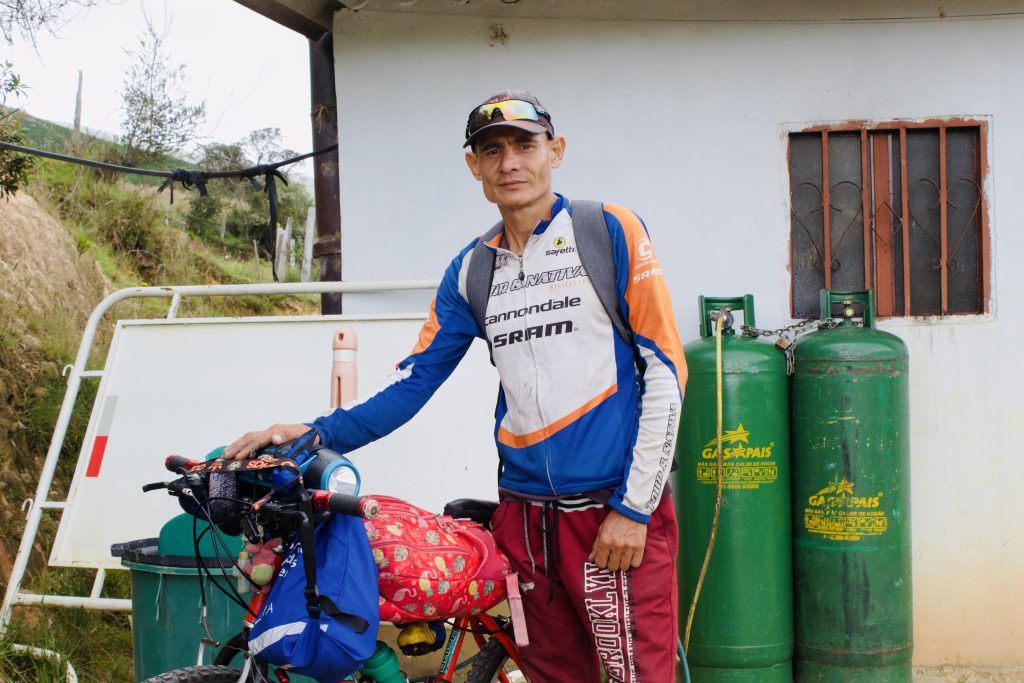
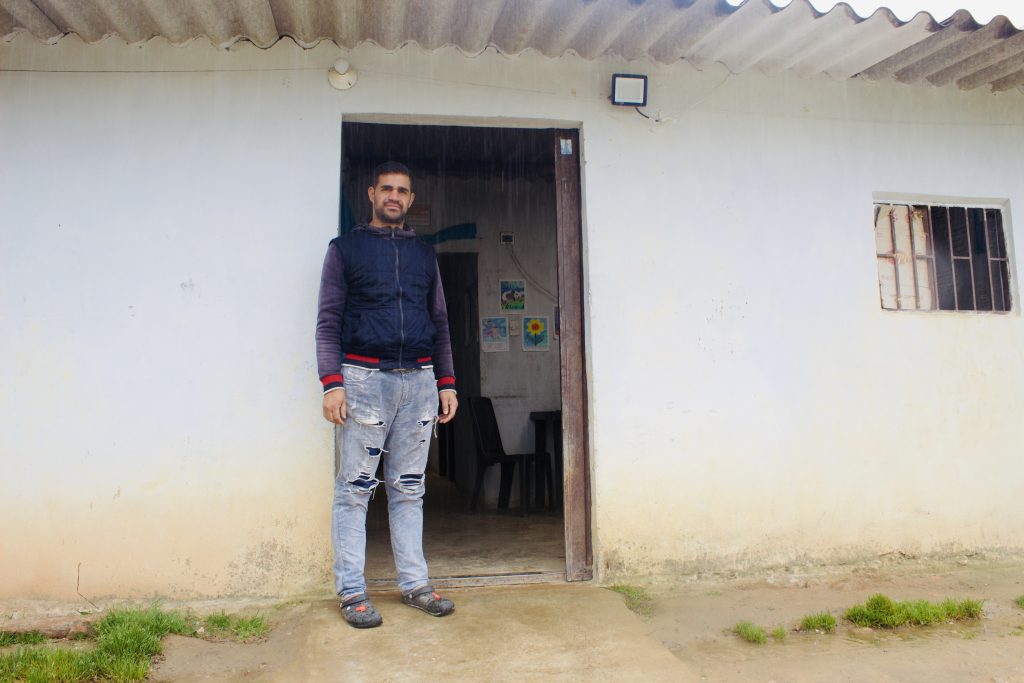
(Credit: Shandra Back)
Regardless of the election outcome, advocates in the region believe the migrant flow will continue. Whether the exodus rises again or the homecoming begins, Venezuelan-run aid centers are strapping in and hoping their international donors are coming with them.
While the remaining international organizations along this route provide immense help, if the current trend continues, the caminante route will persist, but the aid could vanish entirely.
If the money’s gone, the shelters disappear. Yet, regardless of the election outcome, people will continue to walk, and the local and Venezuelan advocates along the route will continue waiting for miracles.
“We’re always ready,” Peláez said. “I want to have this place until I see the last child walk.”
Cover Photo: Egilda del Carmen Perez de Mendez of Esperanza Hoy watches over a caminante child while his parents have lunch. (Credit: Shandra Back)

Shandra Back is a fourth-year journalism student at Boston University and the Podcast Director at the Boston University Center on Forced Displacement. Her work in migration and forced displacement has taken her to parts of the Middle East, Latin America, and the U.S.–Mexico border. Since the beginning of this year, Shandra has been studying and working in South America and will return to Boston in the fall to complete her studies.
Back has contributed to Massachusetts Latino News (MALN) through a partnership with Boston University’s School of Journalism in the College of Communication. The student journalist was a member of a Reporting in Depth class taught by former Boston Globe reporter Meghan Irons.
